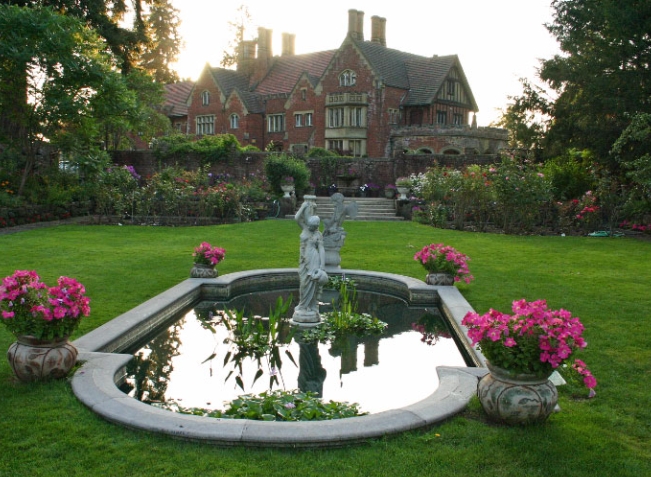Olmsted Garden Design: An Introduction
Olmsted garden design is known for its timeless beauty and naturalistic approach to landscaping.
Created by landscape architect Frederick Law Olmsted in the 19th century, these gardens are characterized by their use of native plants, meandering pathways, and carefully planned vistas.
The Olmsted Legacy
Frederick Law Olmsted is often referred to as the father of American landscape architecture, having designed some of the most iconic parks and gardens in the United States.
His most famous creation is Central Park in New York City, which remains a testament to his innovative approach to landscape design.
Elements of Olmsted Gardens
Olmsted gardens are designed to mimic the beauty of nature, with carefully curated plantings that create a sense of tranquility and harmony.
Meandering pathways lead visitors on a journey through the garden, offering unexpected views and moments of surprise.
Olmsted’s Influence Today
The principles of Olmsted garden design continue to influence landscape architects and garden designers today, with an emphasis on creating spaces that enhance the natural environment.
From public parks to private gardens, the legacy of Frederick Law Olmsted lives on in the beauty and tranquility of his timeless designs.
Exploring Olmsted Gardens
Whether you visit a historic Olmsted garden or create your own inspired by his principles, exploring the beauty of these landscapes is a rewarding experience.
Take a moment to wander through the winding pathways, breathe in the fragrant blooms, and appreciate the artistry of Olmsted’s vision.
In conclusion, Olmsted garden design is a lasting testament to the beauty and harmony that can be achieved through thoughtful landscape planning.
By embracing the principles of Olmsted’s designs, we can create outdoor spaces that not only inspire, but also connect us to the natural world in a meaningful way.

